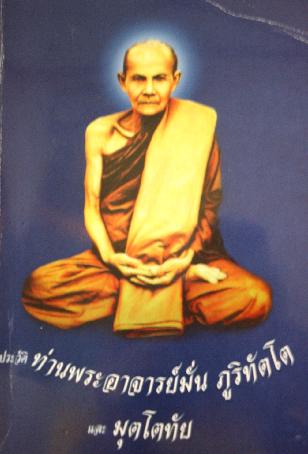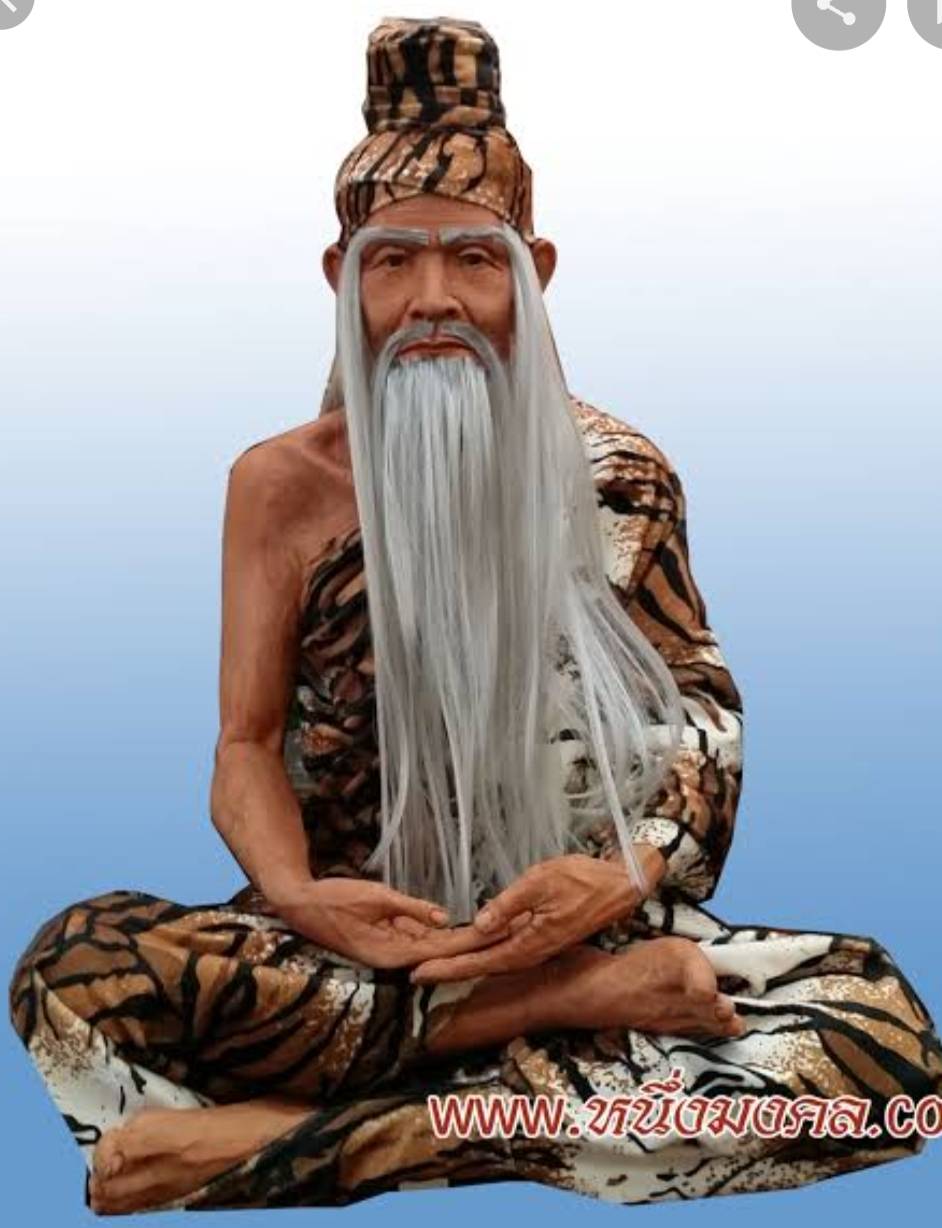|
|
xxxxx | ||
|
|
ADDITIONAL FINDINGS: After the first phrase of our Research was completed in 2006AD, our researhych team carried on the Second Phase and obtained many convincing information to support the hypothesis th at the birth place of Good Puttha (Lord Buddha) was in Siam not in India or Nepal. The followings are some additional information: 1. Paranasri (Literally translated as the Capital of the Holy Land) was the Capital of Siam (meaning the Holy Land) reigned by more than 285,000 Kings. The boundaries of Paranasri were Korajatabura in the East (now Korat); Sorabura in the West (now Saraburi); Watcharabura in the North (now Petchboon Province) and Prajina Pura in the South (now Prajinburi Province.) While in India, the bundaries of Banaress, claimed to be Paranasri, had nothing to do with the name Korajabura, Sorabura, Watcharabura or Prajinaburi. This is clearly indicated that the name Paranasri in India was made up by some eight Indian people who visited Thailand in time of King Rama V (King Chulalongkorn) of Thailand as protested by Venerable Pra Thammajedi (Pan) of Mahannaparam Temple in Bangkok in his 2442BE (1899AD) booklet. Venerable Pra Thammajedi (Pan)'s book was entitled "God of 500 Reincarnations (Lives): Sugar Cane with Tastless Beginning and Sweet at the Top" God in his book was God Puttha or Lord Buddha as called by the Westerners. 2. Venerable Luang Poo (the most well respected mong in Northeastern Thailand, told his disciples nearly a hundred years ago that God Puttha was the ancestor of Thai people. This information was found in the book "Mutothai" written by Venaerable Wan, a close student of Luang Poo Man.
Venerable Luang Poo Man: God Puttha was aThai Ancestor
|
3. There was no mentioning of "snow" in The Tipitaka. The word "Hima" means "Dew" (a tiny drop of water falling from the cool sky at night) or "Cool or Cold". So there is no Himalaya Mountain. Only the word "Himawanata" (Dew Forest or Cold Forest) was found in the Tipitaka. The Dew Forsts or Cold Forests or Himawanata still exist in Northeastern, Nothern and Souhern Thailand. Lanka Dwip is the Southern Part of Thailand, not Ceylon, covering the land areas from Chumporn Province in the North to Malaya Pratesh presently Malaysia) in the South. 4. Hermits or Rushi in Thailand wears tiger skins. No tiger-skin wearing hermits or rishi were found in India as cold weather makes it impossible for them to live without wearing thick clothes.
Tiger-skin wearing Rushi In times of Siam and Burmese wars, it was recorded in Pongsa Avatar Chronicle that King Naresuan and his Brother, King Akatosarot, marched their army passing the Many Rushi Temples (the temple with many hermits). 5. Rajakruh of Buddha's time was found in Thailand: In Northwestern Thailand, there was a big city called Nakara Thai Thes (นครไทยเทศ) or Rajakaha. Thai Rajakaha, presently Chiang Mai Province, was surrounded by five mountains. One of the five mountains was the Weparabanpot. Chiang Mai was recorded as the place for the Buddhist Tipitaka Revision or Sangkayana. Rajakruh in the Tipitaka was also surrounded by five mountains. One of them was also Weparbanpot. The First Sangkayana of the Buddhist Tipitaka was done in this city. So it may be possible that Thai Rakakaha or Chiang Mai and Buddhist Rajakruh are the same city where God Puttha spent his time preaching here collectively for six years.
|
|
Webmaster: chaiyongusc@gmail.com


